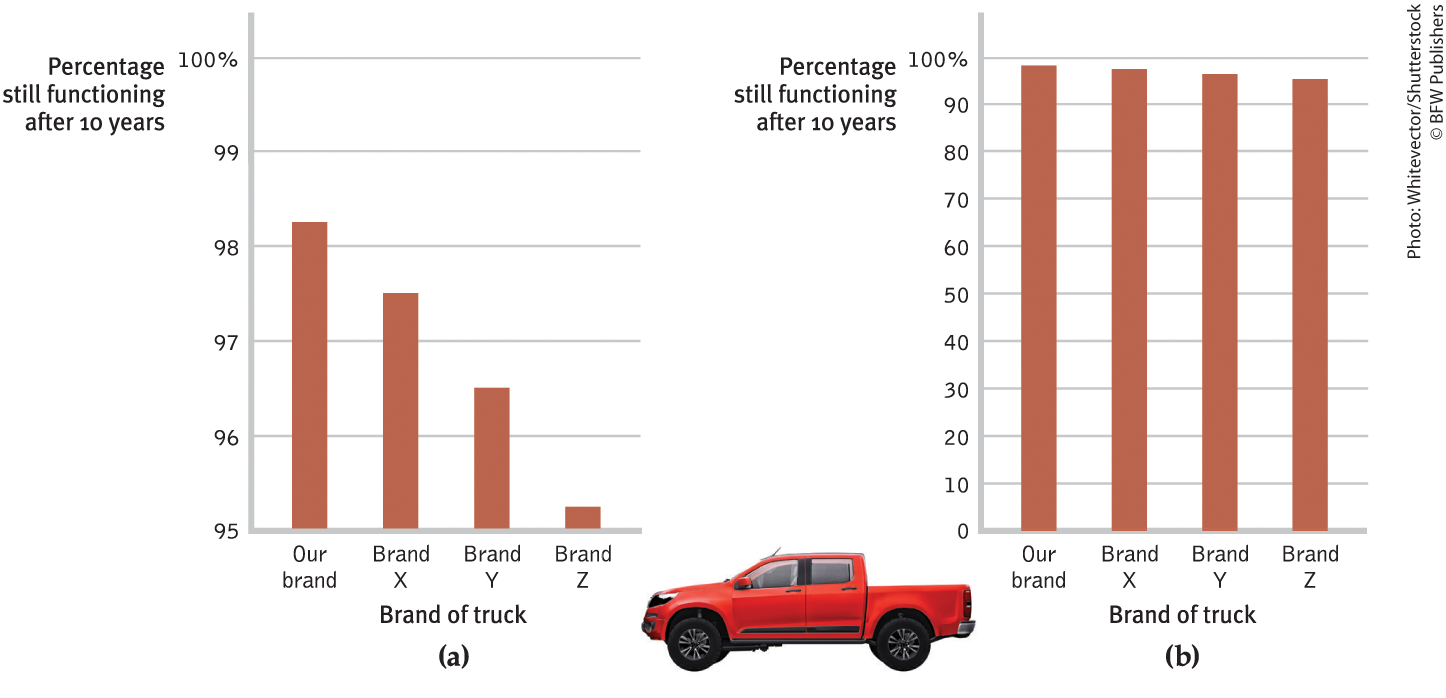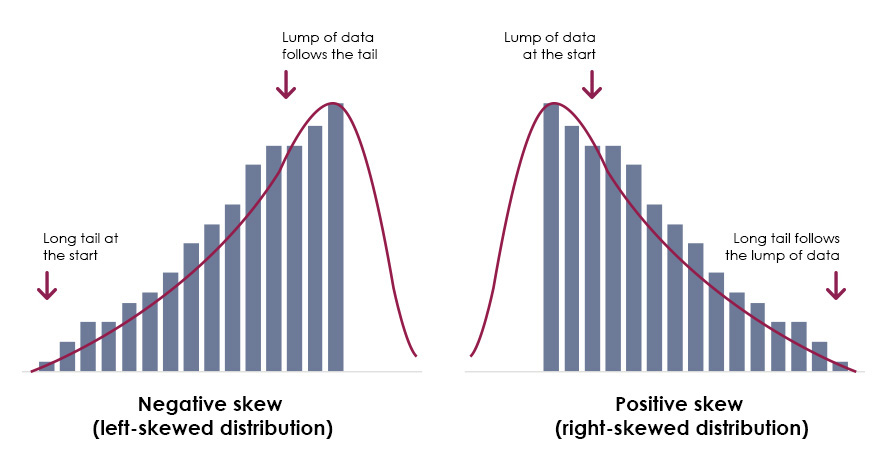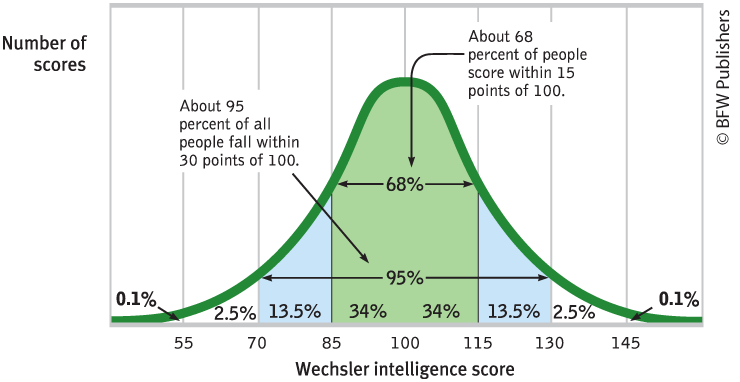Unit 0 Test - Research Methods and Data Interpretation
1/53
There's no tags or description
Looks like no tags are added yet.
Name | Mastery | Learn | Test | Matching | Spaced |
|---|
No study sessions yet.
54 Terms
psychology
the science of behavior and mental processes
critical thinking
thinking that does not blindly accept arguments and conclusions. Rather, it examines assumptions, discerns hidden values, evaluates evidence, and assesses conclusions
hindsight bias (I-knew-it-all-along phenomenon)
the tendency to believe, after learning an outcome, that one would have foreseen it
peer reviewers
scientific experts who evaluate a research article’s theory, originality, and/or accuracy
theory
an explanation using an integrated set of principles that organizes and predicts observations
hypothesis
a testable prediction, often implied by a theory
falsifiable
possibility that an idea, hypothesis, or theory can be disproven
operational definition
a statement of the procedures (operations) used to define research variables. For example, intelligence may be operationally defined as what an intelligence test measures
replication
repeating the essence of a research study, usually with different participants in different situations, to see whether the basic finding generalizes to other participants and circumstances
case study
an non-experimental technique in which one person is studied in depth in the hope of revealing universal principles
naturalistic observation
observing and recording behavior in naturally occurring situations without trying to manipulate and control the situation
survey
a non-experimental technique for obtaining the self-reported attitudes or behaviors of people, usually by questioning a representative, random sample of them
social desirability bias
bias from people’s responding in ways they presume a researcher expects or wishes
self report bias
bias when people report their behavior inaccurately
sampling bias
flawed sampling process that produces an unrepresentative sample
random sample
a sample that fairly represents a population because each member has an equal chance of inclusion
population
all those in a group, from which samples may be drawn for a study
correlation
measure of the extent to which two factors vary together, and thus of how well either factor predicts the other
correlation coefficient
a statistical measure of the extent to which two factors vary together (from -1.00 to +1.00)
variable
anything that can vary and is feasible and ethical to measure
scatterplot
a graphed cluster of dots, each of which represents the values of two variables. The slope of the points suggests the direction of the relationship between the two variables. The amount of scatter suggests the strength of correlation (little scatter indicates high correlation).
illusory correlation
the perception of a relationship where none or a stronger-than-actual exists
regression toward the mean
tendency for extreme or unusual scores pr events to fall back (regress) toward the average
experiment
a research method in which an investigator manipulates one or more factors (independent variables) to observe the effect on some behavior or mental process (the dependent variable). By random assignment of participants the experimenter controls other relevant factors)
experimental group
in an experiment, the group exposed to the treatment, that is, one version of the IV
control group
group not exposed to treatment in experiment; serves as a comparison to evaluate effect of treatment
random assignment
assigning participants to experimental and control conditions by chance, thus minimizing preexisting differences between those assigned to the different groups
single-blind procedure
an experimental procedure in which the research participants are ignorant (blind) about whether they have received the treatment or a placebo
double-blind procedure
an experimental procedure in which both the research participants and the research staff are ignorant (blind) about whether the research participants have received the treatment or a placebo. Commonly used in drug-evaluation studies.
placebo
an inert substance or condition that may be administered instead of a presumed active agent, such as a drug, to see if it triggers the effects believed to characterize the active agent
placebo effect
any effect on behavior caused by expectations alone when a participant believes they received an active agent when in reality they got a placebo
independent variable
the experimental factor that is manipulated; the variable whose effect if being studied
dependent variable
the experimental factor--in psychology, the behavior or mental process--that is being measured; the variable that may change in response to the manipulations of the independent variable
confounding variable
in an experiment, a factor other than the factor being studied that might influence a study’s results
experimenter bias
bias caused when researchers may unintentionally influence results to confirm their own beliefs
validity
extent to which a test or experiment measures or predicts what it is supposed to
quantitative research
research method that relies on quantifiable, numerical data
qualitative research
research method that relies on in depth, narrative data that are not translated into numbers
informed consent
giving potential participants enough information about a study to enable them to choose whether they wish to participate
Debrief
post-experimental explanation of a study (purpose, any deception, etc) to its participants
Descriptive statistics
numerical data used to measure and describe characteristics of groups (include mean, the mode, the median, the range, and the standard deviation)
histogram
bar graph depicting a frequency distribution

mode
the most frequently occurring score in a distribution
mean
the arithmetic average of a distribution, obtained by adding the scores and then dividing by the number of scores
median
the middle score in a distribution; half the scores are above it, and half are below it
range
the difference between the highest and lowest scores in a distribution
percentile rank
percentage of scores that are lower than a given score
skewed distribution
representation of scores that lack symmetry around their average value

standard deviation
a computed measure of how much scores vary around the mean score
normal curve
symmetrical, bell-shaped curve that describes the distribution of many types of data, most scores fall near mean (68% fall within one standard deviation of it) and less fall near the extremes

inferential statistics
numerical data that allows one to generalize - to infer from sample data the probability of something being true of a population
meta analysis
statistical procedure for analyzing the results of multiple studies to reach an overall conclusion
statistical significance
a statistical criterion for rejecting the assumption of no differences in a particular study
statement of the probability that a result occurred by chance
effect size
strength of the relationship between two variables (larger the effect size, the more one variable can be explained by the other)